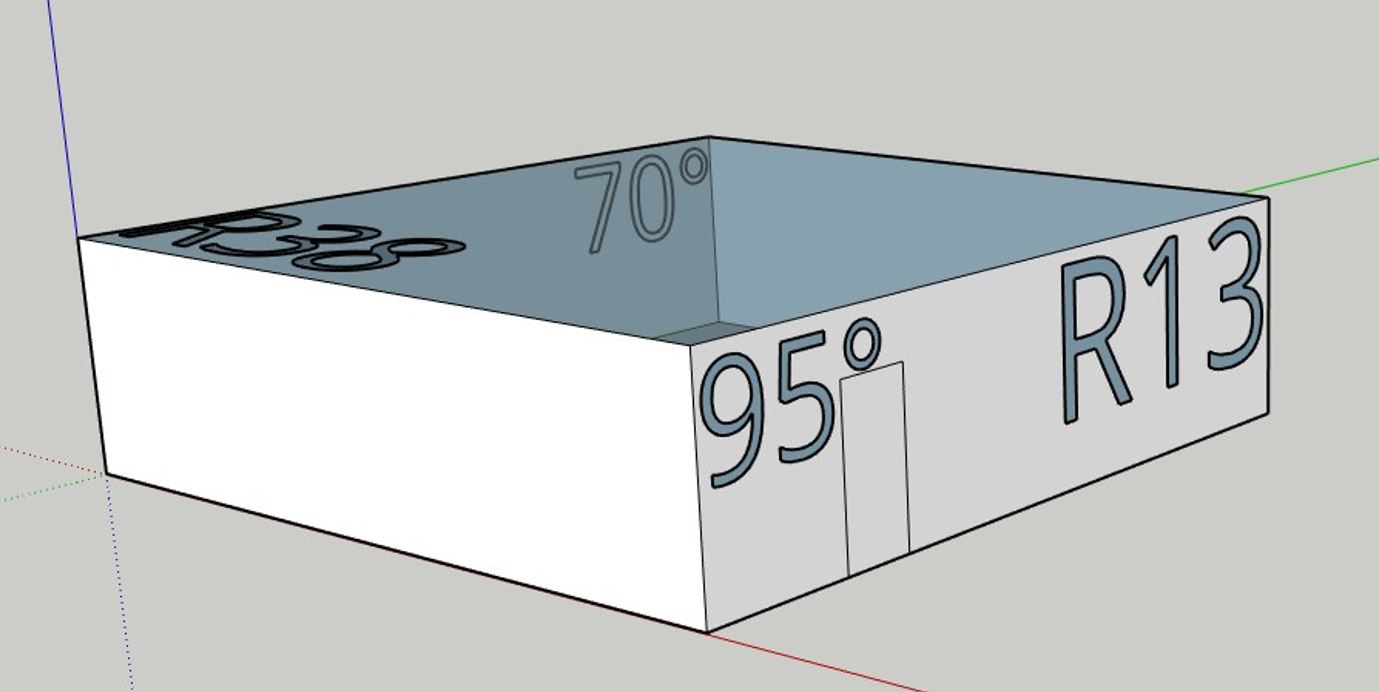Clarksville is a beautiful place to live. According to Money.com, it’s the best place to live. One thing is for sure; the seasons certainly keep our weather interesting. They also make energy efficiency more challenging. There’s no one, perfect thermostat setting or schedule. It’s often best to make thermostat adjustments throughout the year.
Fact: Your HVAC system uses the least energy when it’s off. It’s just not practical to go without heat and air conditioning. So here’s some general advice about how to operate your HVAC system efficiently.
Our thermostats control when our HVAC systems are on and when they are off. The trick is to keep them off as much as possible, while also maintaining a comfortable environment in our homes, but comfort is subjective. Since there’s no one schedule of thermostat settings that works for everyone, the schedules in Figure 1 are just suggestions.

The schedules in figure 1 are effective for most homes. If you have a programmable or smart home thermostat you can set it to follow this schedule automatically, or you can manually adjust your thermostat.
If you have a heat pump and you’ve read Energy Insight: how do electric heat pumps work?, then you have a fundamental understanding of what’s happening when your thermostat switches on your HVAC system. Now we can think about how our homes and heat pumps work as a system to affect energy use.
A home is actually a fairly complicated energy system.
In warm weather, homes constantly gain heat from the outside. No matter how well insulated a home is, heat is conducted through the exterior surfaces and convected through the interior areas. In cold weather, it’s just the opposite; our homes conduct heat from inside to out.
An HVAC system is designed based on the size of a home, the climate of the region and the aggregated insulating properties of all the building materials that make up a home’s walls, floors and ceilings. These systems are designed with heat gain and heat loss in mind because their primary function is to move heat from one place to another. They move heat into our homes in the winter months and they move heat out of hour homes in the summer.
Let’s imagine a very simple 1000 sqft home. The R values of the building materials the home is made of tell us how well those materials prevent heat from escaping in the winter or infiltrating in the summer. Our home has R-value 13 walls, an R38 roof, an R14 door. Let’s say it’s 95° outside and our thermostat is set to 70° inside.

This simplified house makes it easy to add up the R-values of the construction materials and plug them into a simple formula: Q = U · A · ▲T, where Q is heat transfer, U is the insulating value of the building materials, A is the area of the exterior surfaces and ▲T is just a fancy way of saying the difference between the indoor temperature and the outdoor temperature.
So, we find that this house gains heat at a rate of about 2882.18Btu/hour, depending on how you calculate for the floor. That doesn’t include losses in the air conditioning ducts or infiltration of air around doors and windows. It’s just a number for our example.
Now, with a little information about our HVAC system, we can see something fundamentally important to home energy use emerging from the physics of the system itself.
Every heat pump is rated with a Seasonal Energy Efficiency Ratio (SEER) and an Energy Efficiency Ratio (EER). For our purposes, we will focus on your system’s EER.
EER is basically the number of Watts of power an HVAC system requires to move one Btu of heat. So if our hypothetical tiny house has an EER of 12 then 2882.18 divided by 12 is 240.18. So it’s practical to assume that this structure requires 240 watts of power per hour to maintain a temperature of 70° at an outdoor ambient air temperature of 95°.
If you turn the thermostat up 4° to 74° and rerun the exact same calculations, changing only the inside temperature, then our home only needs 201.77 Watts of power to maintain its temperature. That’s approximately 10 percent less energy.
There’s obviously much more to calculating heat transfer and energy use, but this example takes the fundamental principles of those calculations and shows that energy and money can be saved with thermostat adjustments.
Through similar processes, it is also possible to calculate the savings expected from new HVAC equipment, improved windows, insulation and weather sealing.
If you’d like to better understand the potential for savings at your home read our other articles.
To schedule an energy audit of your home and learn more apply for a free energy audit.

